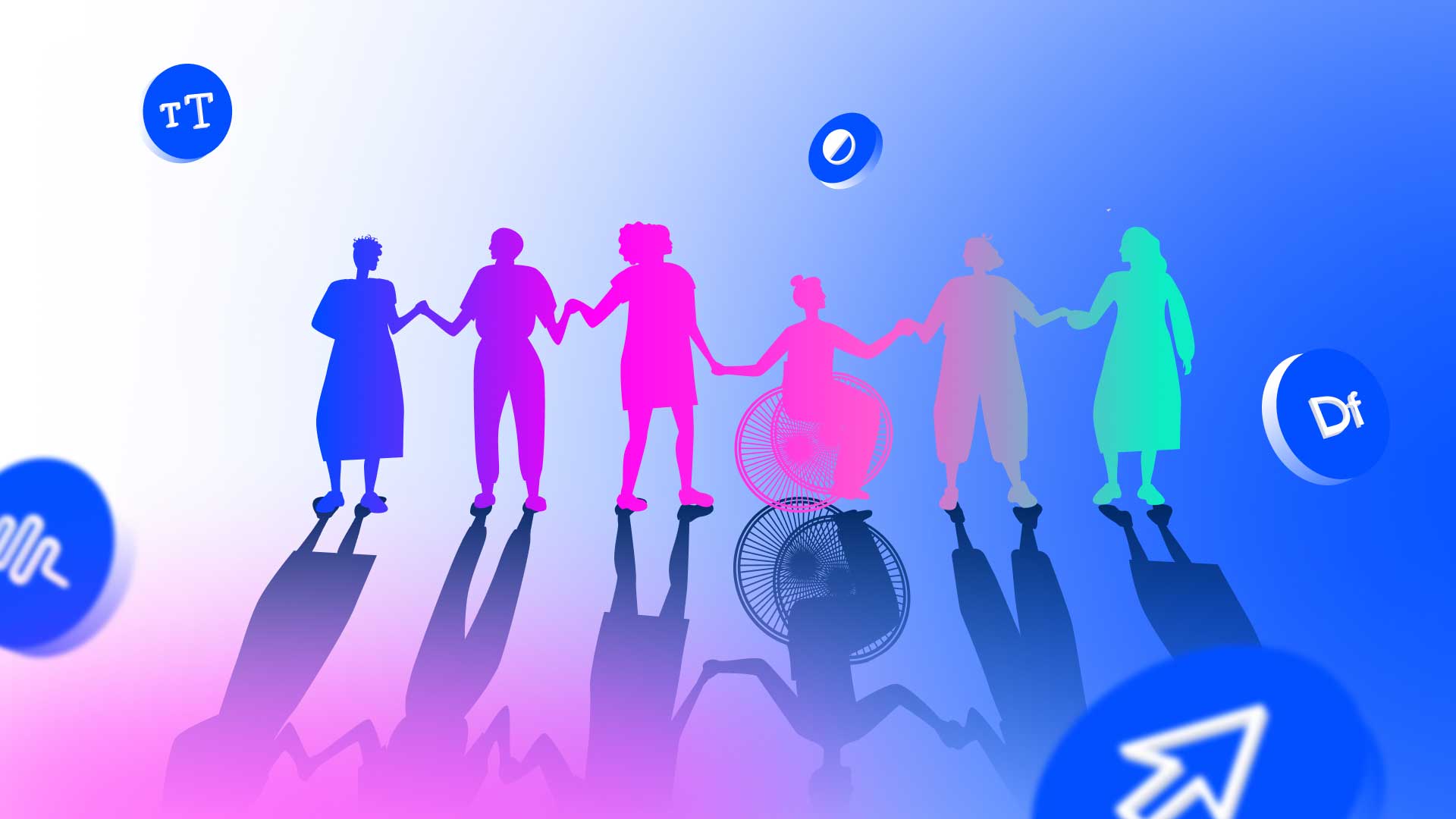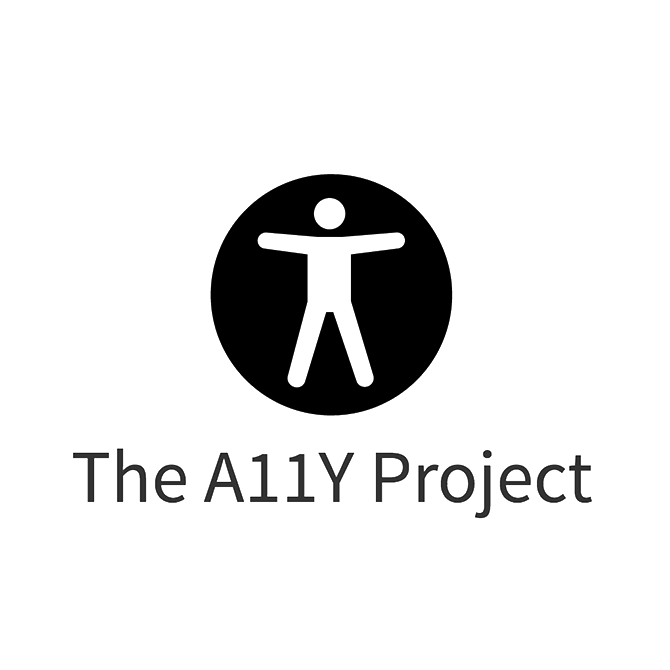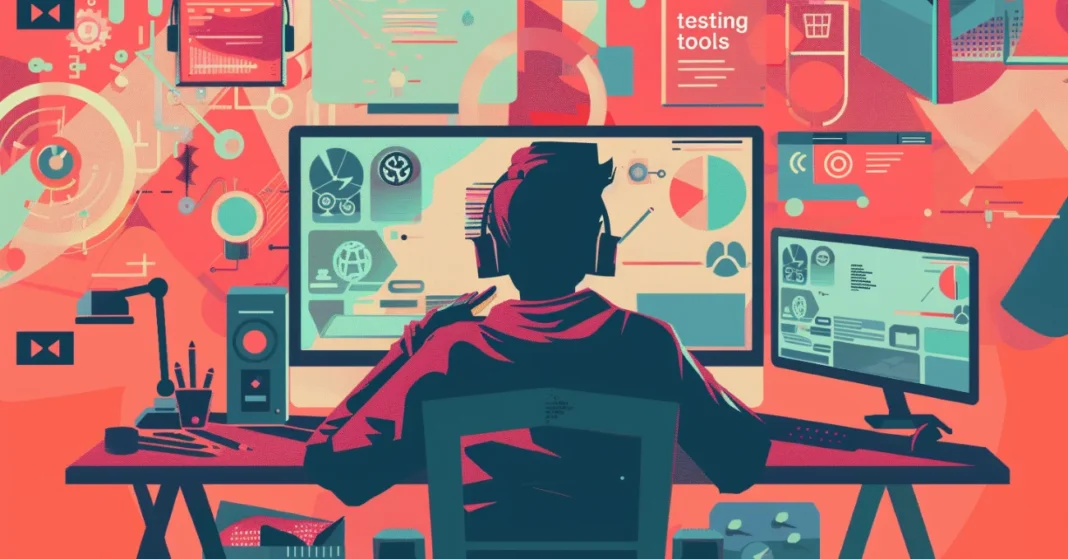Best Tools of Digital Accessibility Solutions That are Trending in 2024
Creating a digital experience that is just and equitable requires recognizing that digital accessibility is essential. Therefore, as the online world widens, sites, applications, and other digital materials must be designed to accommodate all users including those with disabilities. Such resources which facilitate accessibility of digital content are essential because they help developers and organizations rectify issues that may hinder accessibility. In 2024, various tools emerged as market leaders in this field of Digital accessibility solutions offering for evaluating and improving digital accessibility.
Growing Significance of Digital Accessibility
 Digital accessibility solutions
Digital accessibility solutions were seen as an option but now has become a mandatory thing as the digital environment continues to expand. Digital accessibility services aim to enable every
internet user, regardless of their impairment, to access and interact with websites easily. There have been several tools developed that help in identifying and fixing issues arising from all possible types of web accessibility problems. These tools are useful for developers, companies and also marketers wanting to enhance their accessibility standards thereby improving the end-user’s experience.
WAVE (Web Accessibility Evaluation Tool)
WAVE developed by WebAIM is an example of a highly respected tool used for evaluating web accessibility. The main feature of this tool involves displaying errors relating to web page accessibilities directly on the page itself.
This visual representation makes it easy for users to identify where the problems are located and make sense of them. Apart from defining what kind of accessibility problem exists, detailed reports also provide suggestions on how to address them. One can have web pages continuously checked via user-friendly interfaces and browser extension integration making such tools valuable assets to developers and content creators wishing to quickly remedy their apps.
The most helpful thing about WAVE is that its visual feedback approach helps users immediately understand what’s wrong with their site’s accessibility. It does this by simply highlighting any error right onto your webpage hence it saves you time when locating and correcting errors which ensures accessible presence on the web remains consistent always.
Axe by Deque
Axe another significant tool created by Deque Systems has several automated testing features to improve its robustness when it comes to testing its compliance against WCAG 2.1 AA standard requirements for accessible technologies. It is meant to identify diverse gaps in software programs’ operation that make the accessibility quite poor. The tool provides detailed reports that include insights and recommendations for fixing identified issues. One of the key benefits of Axe is its integration with various development tools and platforms, including browser extensions, CI/CD pipelines, and more.
This automated testing capability allows Axe to detect some common issues in web accessibility like missing alternative text, low color contrast ratio, inaccessible forms etc.
Siteimprove’s Accessibility Checker
Another leading tool in the digital accessibility landscape is Siteimprove’s Accessibility Checker. It also excels in providing automated scans to identify accessibility issues and gives a detailed analysis of the results. Additionally, its user-friendly dashboard provides an overview of a website’s accessibility status, making it easy for organizations to monitor and manage their accessibility improvements. Moreover, Siteimprove’s Accessibility Checker can help organizations track their compliance with standards like WCAG and Section 508.
Siteimprove’s scans are exhaustive enough to detect different types of barriers such as technical issues and content-related problems. On top of this, teams can easily follow the progress of improving a site’s accessibility status by using a clear overview that is provided by a user-friendly dashboard. Therefore, Siteimprove’s Accessibility Checker helps organizations meet accessibility standards thereby promoting inclusive digital experiences.
Tenon.io
In addition to Tenon.io being a powerful tool for detailed accessibility analysis, there are many features of the tool that make it useful for organizations with specific accessibility needs. Tenon.io allows users to tune tests according to requirements or standards they want to comply with when conducting accessibility testing. The comprehensive reports generated by this tool come with insights and recommendations on how to deal with the problem which makes addressing them easier for developers.
One thing that sets Tenon.io apart from other tools is its integration into various development environments including CI/CD pipelines. This means that during the development process teams can identify and resolve issues regarding web content thus ensuring seamless integration of testing for disability access in development workflows.
UserWay
UserWay offers a variety of tools designed to improve digital accessibility and promote inclusivity across the internet. One of its most vital aspects includes an assistive widget that allows users to adjust website settings to suit their personal accessibility needs. It offers options for modifying font size, colour contrast and other visual attributes to enhance legibility as well as usability. Furthermore, automated scanning tools and support for multiple compliance standards are part of UserWay.
Thus, the Accessibility Widget empowers end-users with the ability to customize the website appearance according to their preferences. In this regard, the website is more accessible overall allowing individuals with disabilities to easily navigate and interact with its content. Moreover, UserWay’s automated scanning tools help manage accessibility by detecting any issues that may affect users’ experience.
The A11y Project

The A11y Project is an open-source initiative that has a big collection of things to help make digital accessibility better. It offers comprehensive guides, checklists and other resources to support best practices in making it accessible. The project is kept up-to-date and relevant due to the contributions from the accessibility community.
A11y Project’s resources are precious for anyone who wants to know more about accessibility as well as implement best practices in their digital projects. In other words, by offering practical guidance and the latest information, A11y supports the design of inclusive digital experiences and keeps companies aware of what’s new in terms of accessibility.
Microsoft Accessibility Insights
Microsoft Accessibility Insights is a Microsoft-developed tool which was designed for developers and designers on availability issues. Some of its features include automated testing capabilities, interactive guidance for fixing issues, and cross-platform support for web and desktop applications.
Accessibility Insights comes with a user-friendly interface and practical guidance that enables developers to address accessibility issues effectively. Its cross-platform capability makes it more flexible and hence can be used as a tool where applications adhere to different environments’ accessibility standards. In the same way, it helps developers create user-friendly applications, actionable insights and interactive support are provided by Microsoft Accessibility Insights towards creating applications that are highly accessible.
Lighthouse
Lighthouse is Google’s open-source audit tool that audits various aspects such as accessibility in web development. Lighthouse provides comprehensive audits with detailed reports containing actionable insights as well recommendations on how to improve building accessible websites or apps. With integration into Chrome DevTools among other developer tools, Lighthouse has become a versatile tool for developers today.
It takes a multifaceted approach when auditing such areas as performance, SEO, accessibility et al., therefore offering real-life pictures on web applications being developed by programmers. Additionally, Lighthouse’s detailed reports suggest what steps need to be undertaken to deal with any type of issue related to accessibility thus helping developers to improve the overall quality and inclusiveness of their web content.
Conclusion
As 2024 is considering
digital accessibility services as an important factor, several tools are available for organizations to create inclusive digital experiences. This includes comprehensive evaluation tools (Axe, Tenon.io), and user-friendly solutions (WAVE) amongst others that provide necessary resources for detecting and rectifying various accessibility issues.
Therefore, businesses can use all these tools to make sure that their platforms become accessible to every person thereby creating a more inclusive online realm. In addition to this being legally compliant investing in
digital accessibility solutions is an indicator that one has intentions of giving equal opportunities to all people who visit the website.
 Digital accessibility solutions were seen as an option but now has become a mandatory thing as the digital environment continues to expand. Digital accessibility services aim to enable every internet user, regardless of their impairment, to access and interact with websites easily. There have been several tools developed that help in identifying and fixing issues arising from all possible types of web accessibility problems. These tools are useful for developers, companies and also marketers wanting to enhance their accessibility standards thereby improving the end-user’s experience.
Digital accessibility solutions were seen as an option but now has become a mandatory thing as the digital environment continues to expand. Digital accessibility services aim to enable every internet user, regardless of their impairment, to access and interact with websites easily. There have been several tools developed that help in identifying and fixing issues arising from all possible types of web accessibility problems. These tools are useful for developers, companies and also marketers wanting to enhance their accessibility standards thereby improving the end-user’s experience.
 The A11y Project is an open-source initiative that has a big collection of things to help make digital accessibility better. It offers comprehensive guides, checklists and other resources to support best practices in making it accessible. The project is kept up-to-date and relevant due to the contributions from the accessibility community.
A11y Project’s resources are precious for anyone who wants to know more about accessibility as well as implement best practices in their digital projects. In other words, by offering practical guidance and the latest information, A11y supports the design of inclusive digital experiences and keeps companies aware of what’s new in terms of accessibility.
The A11y Project is an open-source initiative that has a big collection of things to help make digital accessibility better. It offers comprehensive guides, checklists and other resources to support best practices in making it accessible. The project is kept up-to-date and relevant due to the contributions from the accessibility community.
A11y Project’s resources are precious for anyone who wants to know more about accessibility as well as implement best practices in their digital projects. In other words, by offering practical guidance and the latest information, A11y supports the design of inclusive digital experiences and keeps companies aware of what’s new in terms of accessibility.
